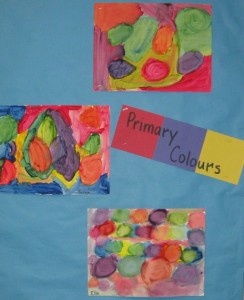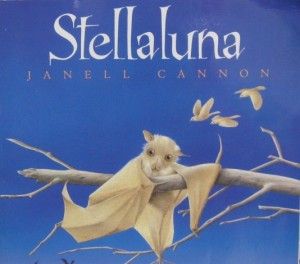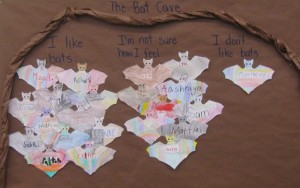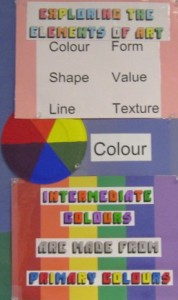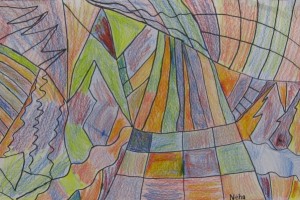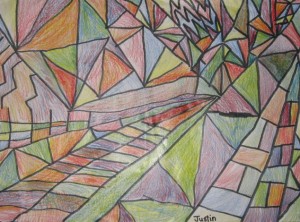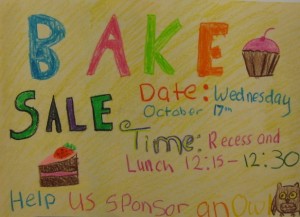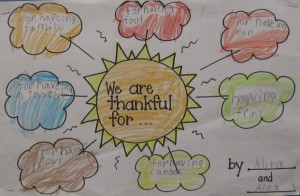We had a very fun-filled afternoon as the whole school worked in the gym carving pumpkins. Division 5 was partnered up with Division 2 for our first ‘buddy’ activity of the school year. Everyone seemed to have a very good time getting to know their new buddy – plus, of course, cleaning and carving their pumpkin.
These great looking jack o’lanterns will be picked up from our school tomorrow and will be set up at the Confederation Park train for their display for Hallowe’en tomorrow evening.


